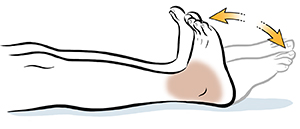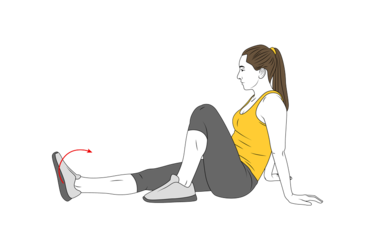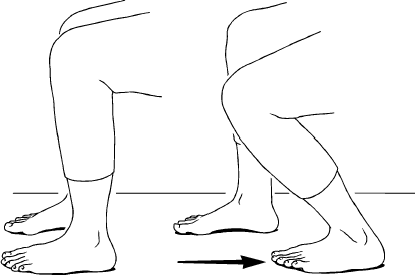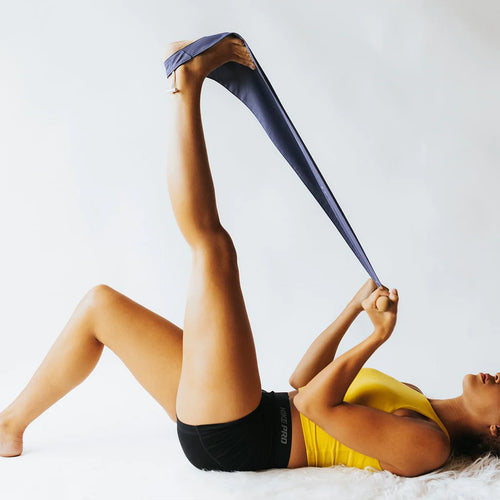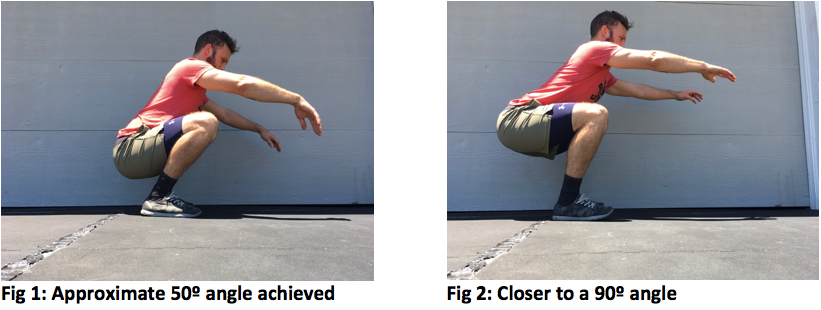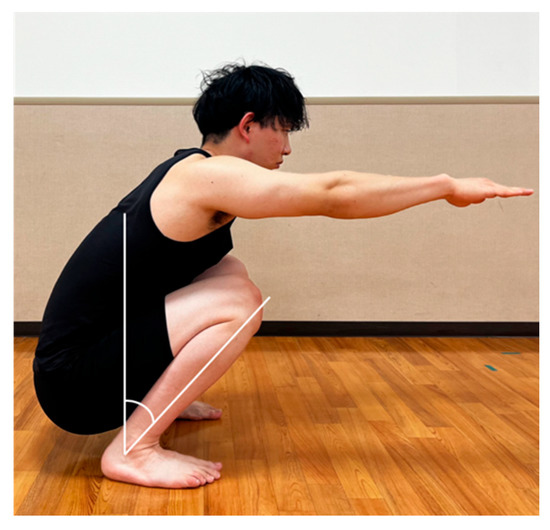Medicina, Free Full-Text
4.9 (197) · $ 22.50 · In stock
Background and Objective: Achilles tendon (AT) stiffness can reduce ankle dorsiflexion. However, whether AT stiffness affects the ankle dorsiflexion angle at a maximum squat depth remains unclear. Therefore, we aimed to investigate the relationship between the Young’s modulus of the AT and ankle dorsiflexion angle at the maximum squat depth in healthy young males using shear-wave elastography (SWE). Materials and Methods: This cross-sectional study included 31 healthy young males. AT stiffness was measured using the Young’s modulus through SWE. The ankle dorsiflexion angle at the maximum squat depth was measured as the angle between the vertical line to the floor and the line connecting the fibula head and the lateral malleolus using a goniometer. Results: Multiple regression analysis identified the Young’s modulus of the AT at 10° of ankle dorsiflexion (standardized partial regression coefficient [β] = −0.461; p = 0.007) and the ankle dorsiflexion angle in the flexed knee (β = 0.340; p = 0.041) as independent variables for the ankle dorsiflexion angle at maximum squat depth. Conclusions: The Young’s modulus of the AT may affect the ankle dorsiflexion angle at the maximum squat depth in healthy young males. Therefore, improving the Young’s modulus of the AT may help increase the ankle dorsiflexion angle at maximum squat depth.

Adapting Clinical Practice of Thrombolysis for Acute Ischemic, lkw hup
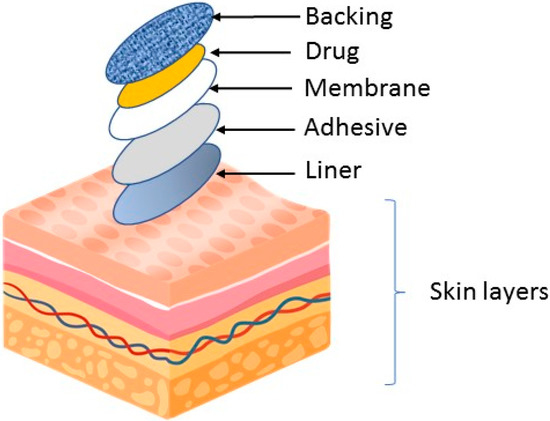
Medicina, Free Full-Text

Medicina, Free Full-Text, bäumlein 108 led
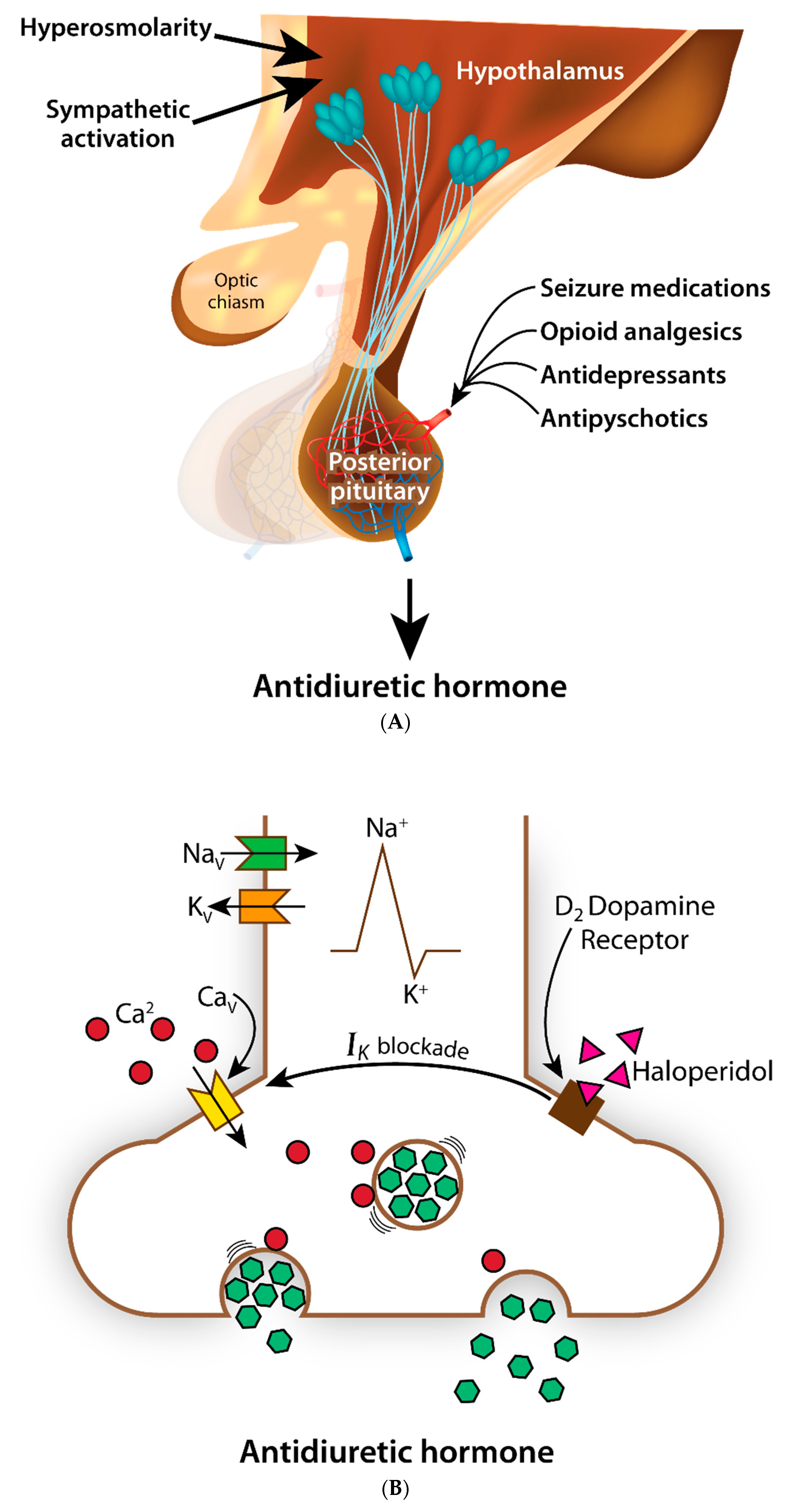
JPM, Free Full-Text, life ring tibia

Medicina, Free Full-Text
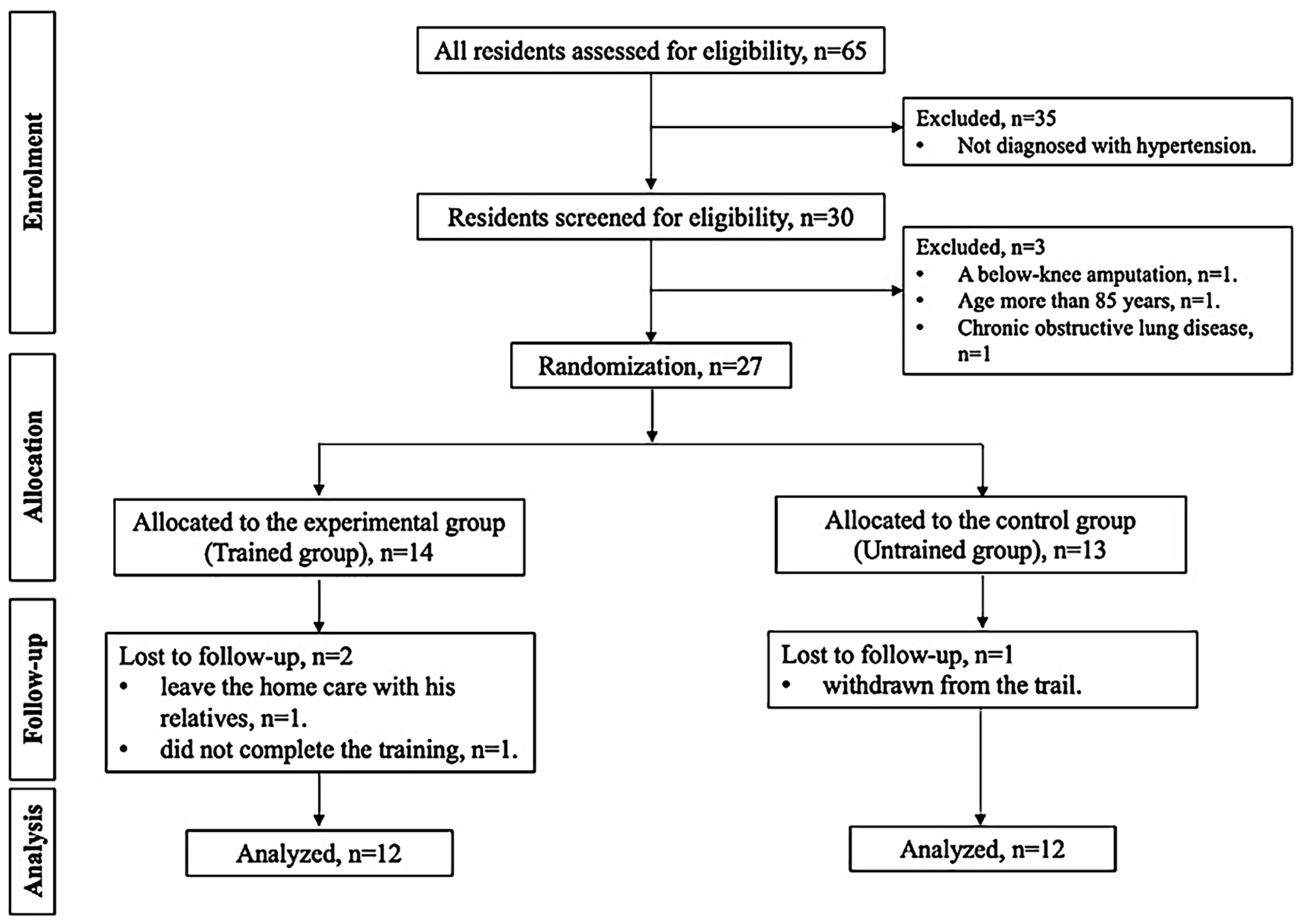
Medicina, Free Full-Text, Medical Patch
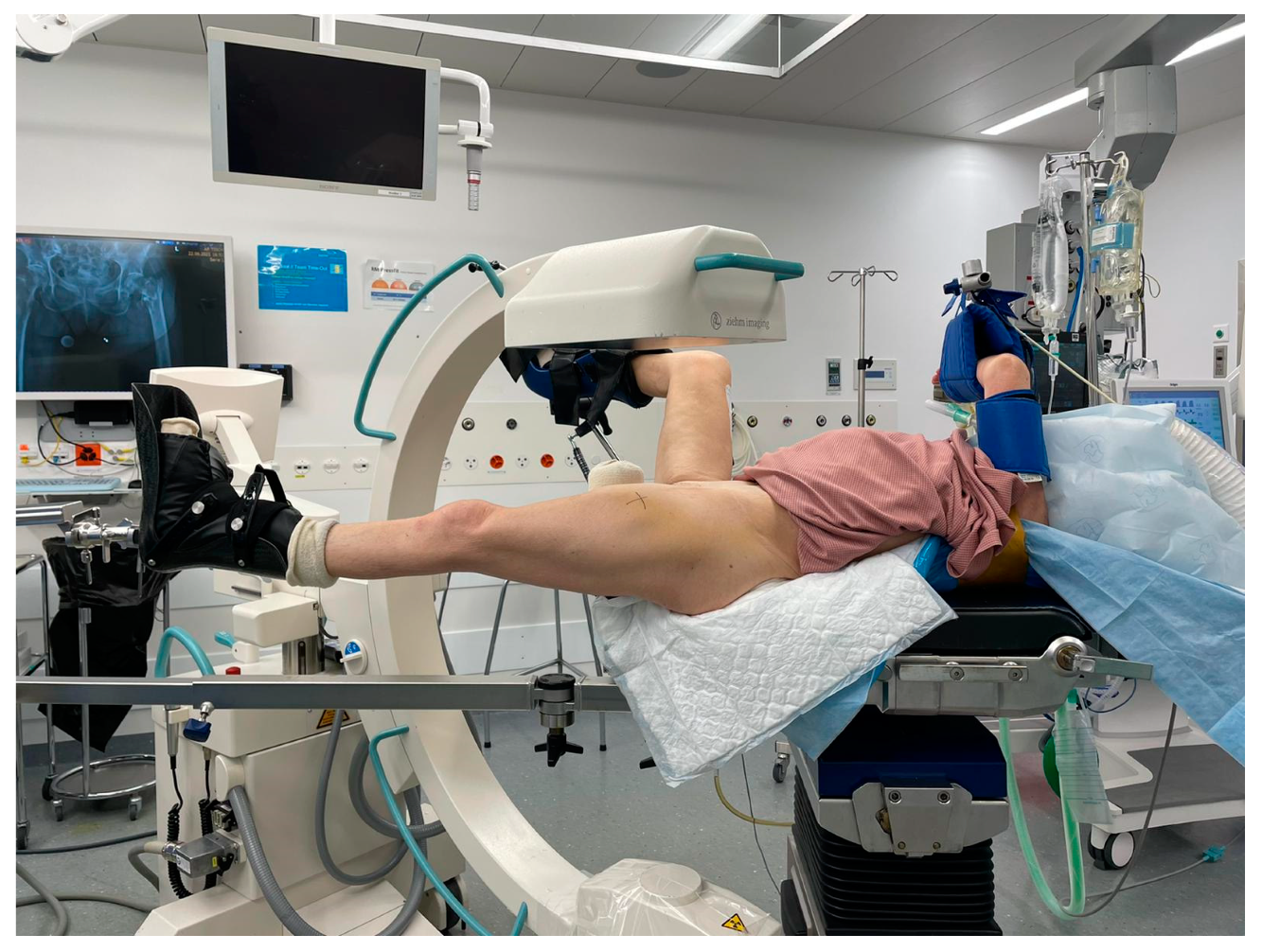
Medicina, Free Full-Text, traction

Medicina, Free Full-Text, Medical Patch
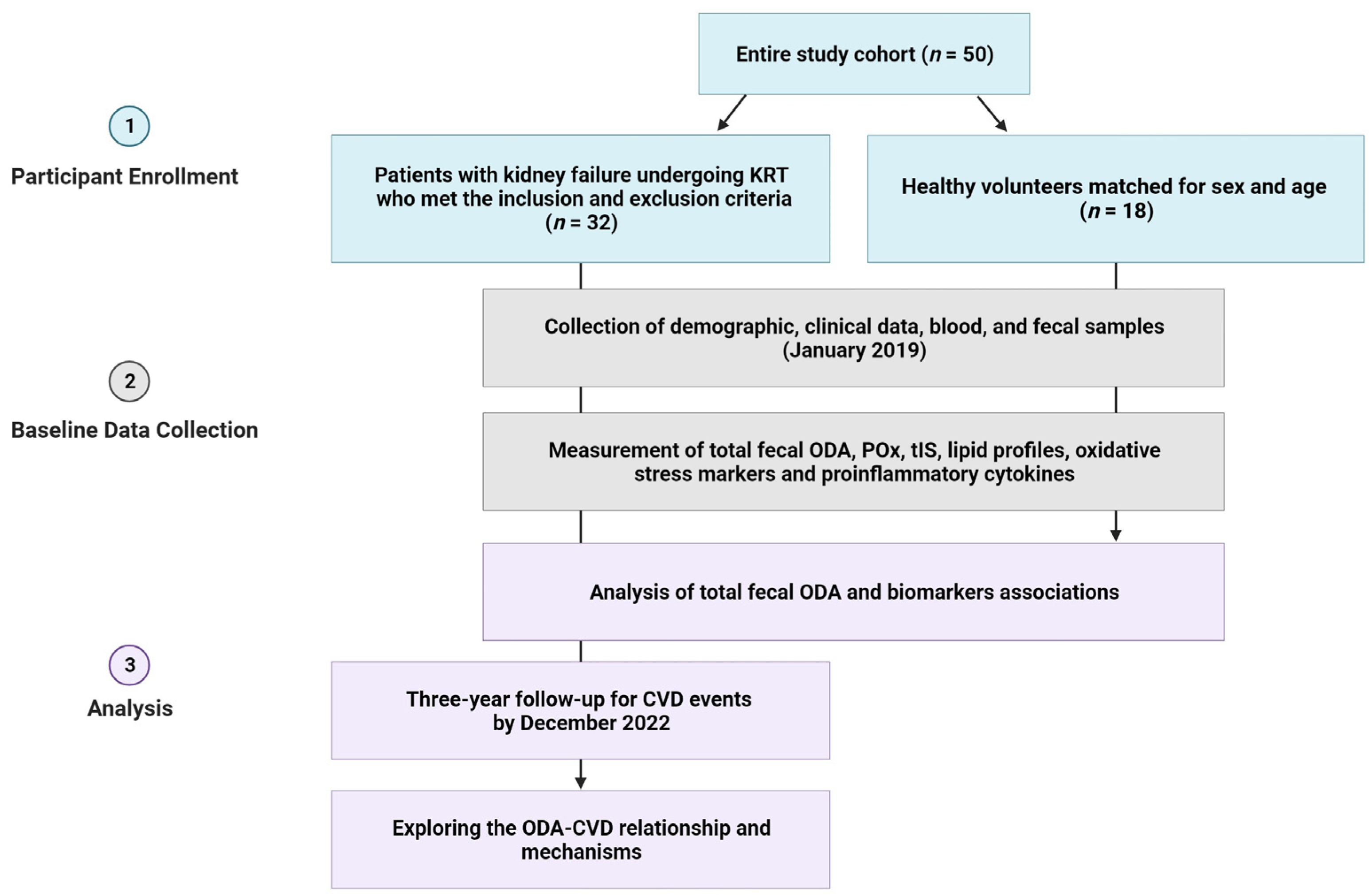
Medicina, Free Full-Text

Lifestyle Medicine Analysed – Poorly, analysed
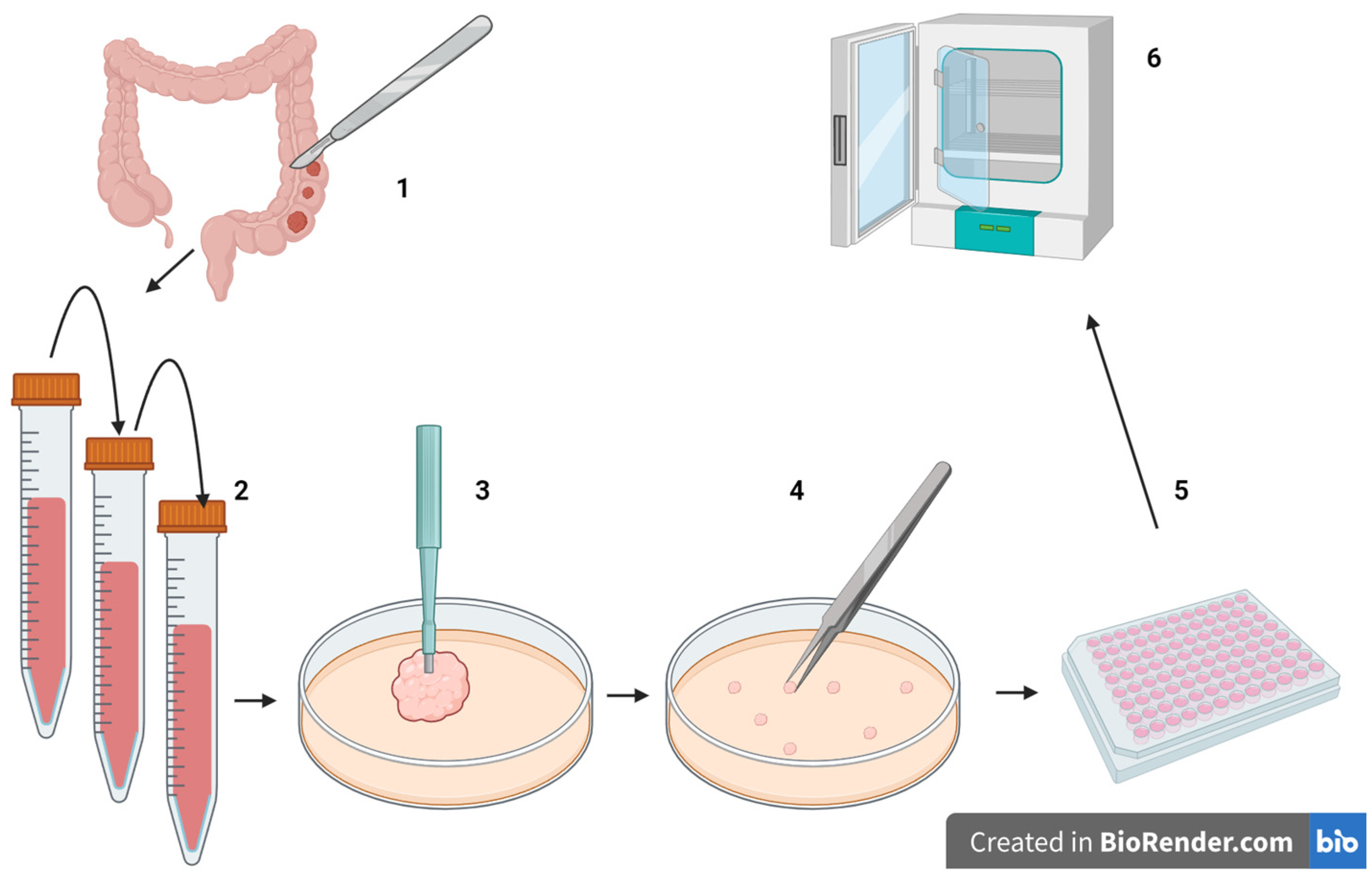
Medicina, Free Full-Text

Medicina, Free Full-Text, bäumlein 108 led

Medicina, Free Full-Text, traction
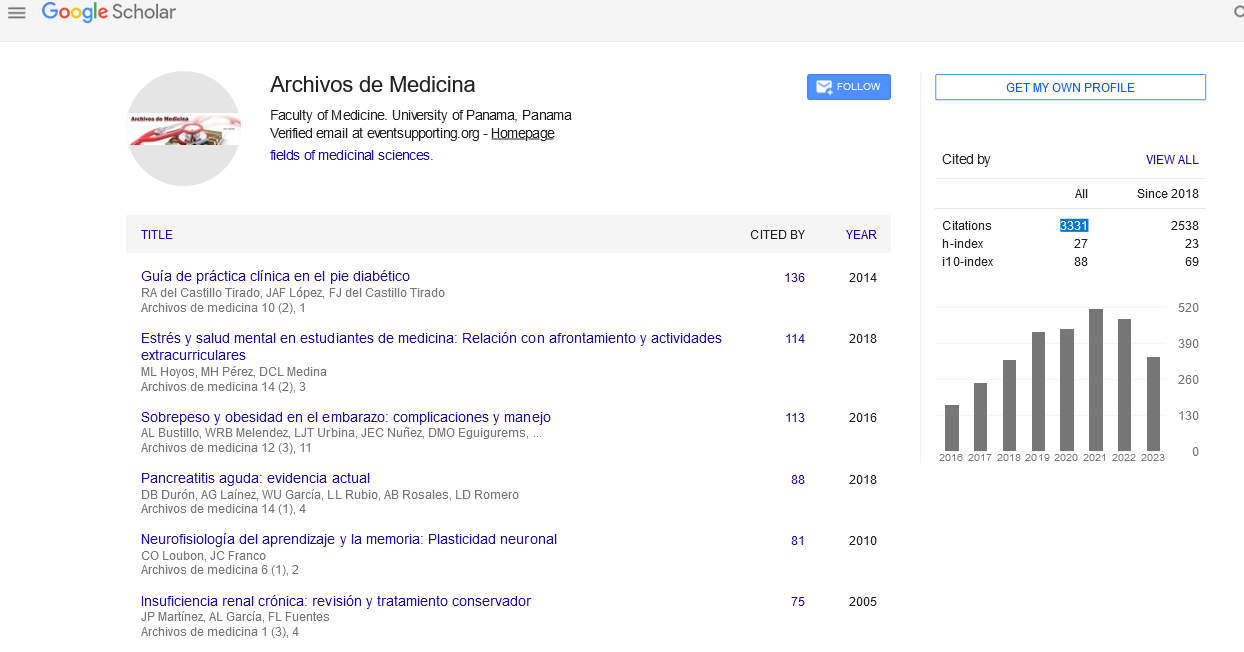
Medicina, Free Full-Text, Medical Patch
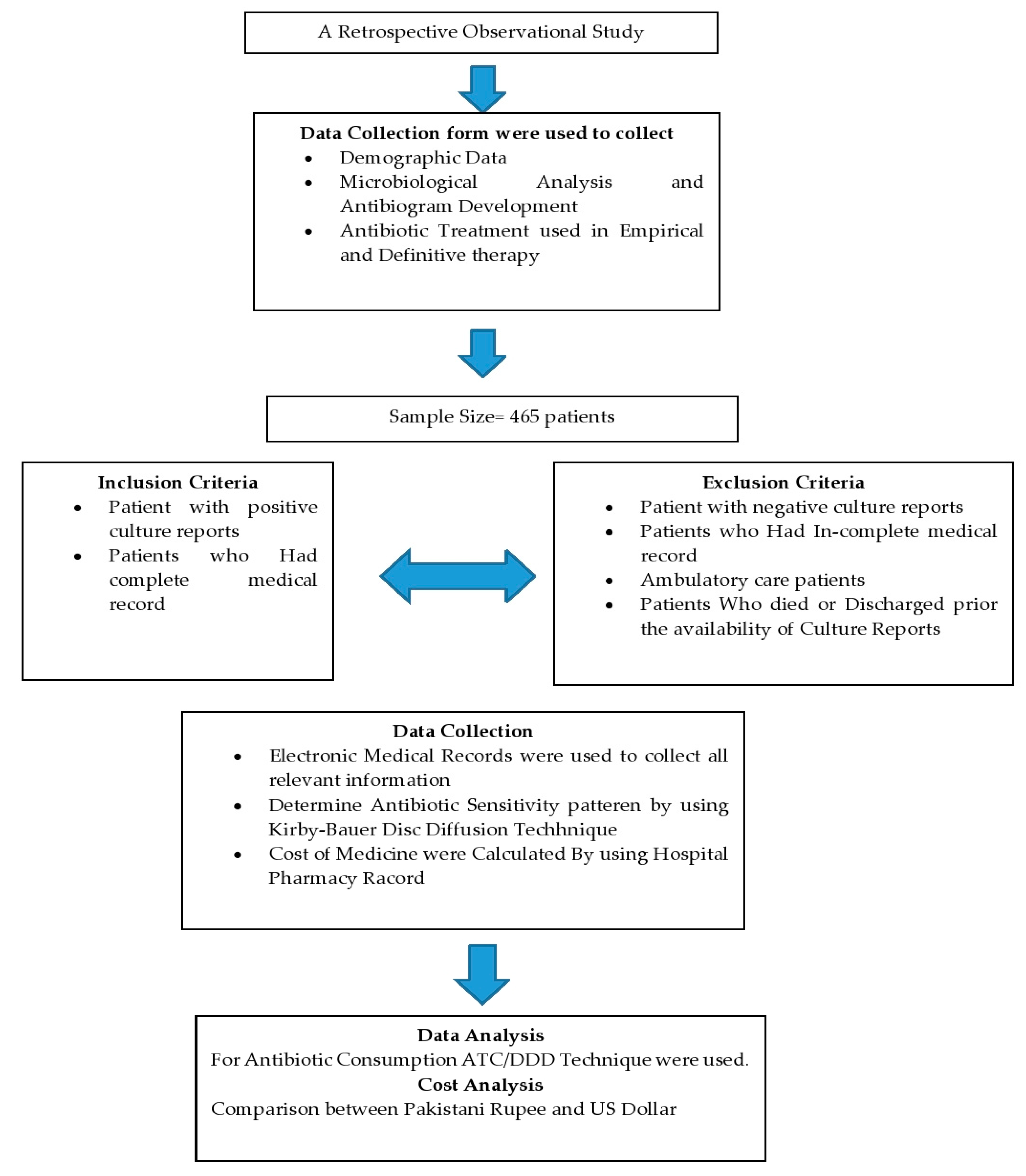
Medicina, Free Full-Text






